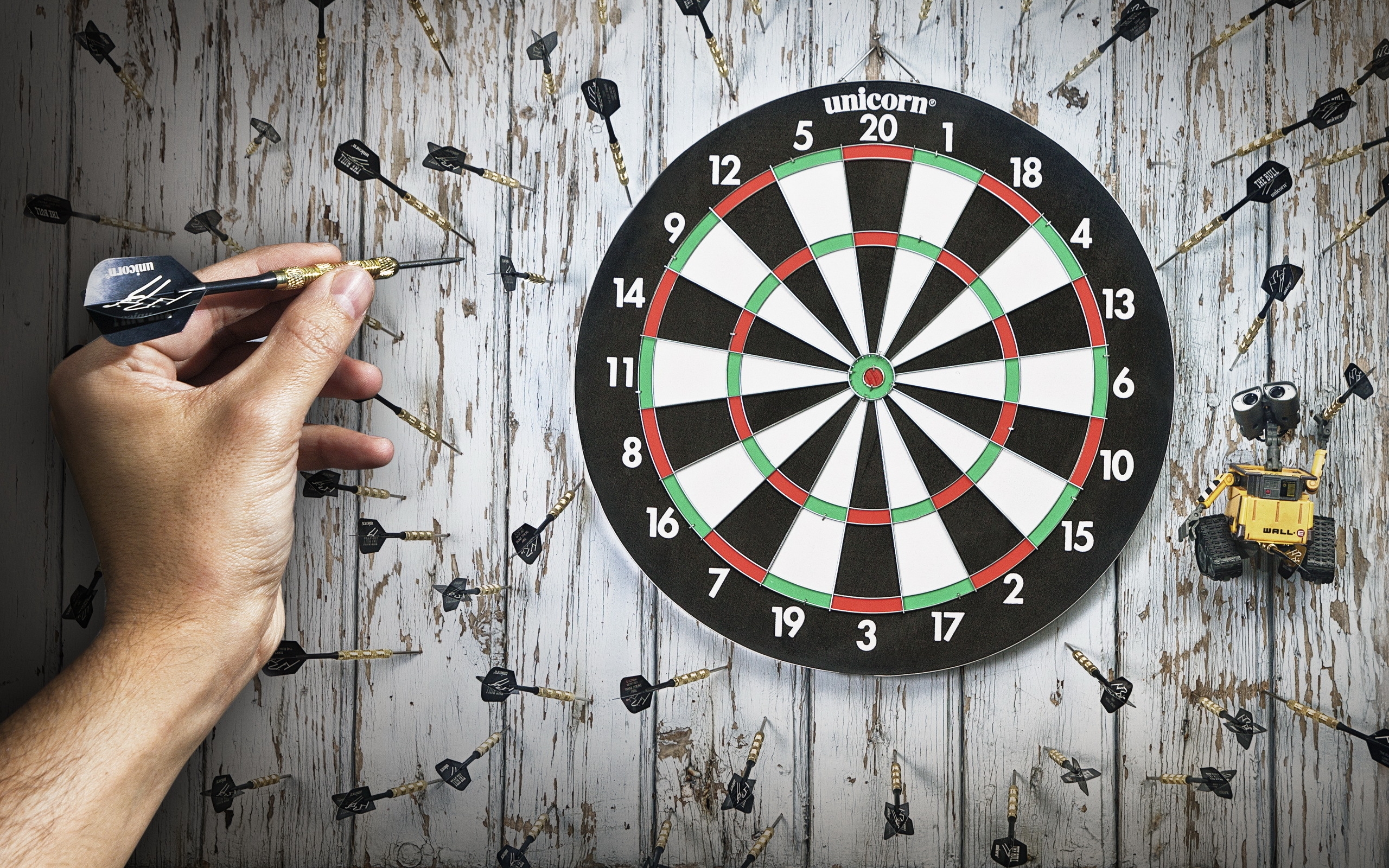The Art of Darts: Precision, Strategy, and Skill

Darts, a game steeped in tradition yet evolving with the times, continues to captivate enthusiasts around the globe. What appears at first glance to be a simple pub pastime is, in reality, a sport that demands precision, strategy, and a steady hand. Let's delve into the world of darts and uncover what makes it both a beloved recreational activity and a fiercely competitive sport.
History and Evolution
Darts traces its origins back to the 19th century, evolving from a pastime played in pubs to a structured sport with international tournaments. The game initially involved throwing shortened arrows at the bottom of a wine cask or a wooden target. Over time, standardized rules and regulations were established, transforming darts into a sport governed by intricate guidelines.
The British Darts Organisation (BDO) and the Professional Darts Corporation (PDC) are two prominent organizations that oversee professional darts competitions globally. These organizations have propelled darts into the mainstream, with televised events drawing millions of viewers and creating stars out of skilled players.
Gameplay and Equipment
Darts is typically played between two players or two teams, with each player aiming to reduce their score from a starting point of 501 or 301 to zero. The game revolves around throwing darts at a circular board divided into 20 numbered sections, each section further subdivided into single, double, and triple scoring zones. The bullseye at the center is the most coveted target, offering the highest points.
A standard dartboard is made of sisal fibers arranged in a series of concentric circles, with specific dimensions and scoring areas regulated by international standards. Darts themselves consist of a pointed metal tip, a barrel often made of tungsten or brass, a shaft for stability, and flights to stabilize the dart in flight.
Skills and Techniques
Success in darts hinges on a combination of physical skill and mental acuity. Players must develop precise throwing techniques to consistently hit their desired targets. The grip, stance, and release of the dart are crucial elements that players meticulously refine over time. Achieving accuracy requires a steady hand and the ability to maintain focus under pressure.
Moreover, strategy plays a pivotal role in darts. Players strategize not only to maximize their own scores but also to strategically position themselves for a favorable finish. This includes calculating scores, choosing optimal paths to zero, and employing tactics such as "finishing" (ending the game with a double or bullseye).
The Culture of Darts
Darts has fostered a unique culture that blends competitiveness with camaraderie. The atmosphere in pubs and tournaments alike is often lively, with spectators cheering on their favorite players and enjoying the social aspect of the game. Many players participate in local leagues and competitions, fostering a grassroots community that celebrates skill and sportsmanship.
Internationally, events like the World Darts Championship attract players and fans from around the world, showcasing the global appeal and competitive nature of the sport. Players such as Phil Taylor, Michael van Gerwen, and Gary Anderson have become household names, revered for their mastery of the game and their ability to perform under pressure.
Conclusion
In conclusion, darts is far more than a casual game played in pubs—it is a sport that combines precision, strategy, and skill in a way that captivates players and fans alike. Whether you're aiming for the bullseye in a friendly match or watching world-class athletes compete on the global stage, darts continues to thrive as a testament to the enduring appeal of precision sports. As the game evolves and new champions emerge, one thing remains constant: the thrill of hitting the perfect shot and the joy of celebrating with fellow enthusiasts.
- Arts
- Business
- Computers
- Jogos
- Health
- Início
- Kids and Teens
- Money
- News
- Recreation
- Reference
- Regional
- Science
- Shopping
- Society
- Sports
- Бизнес
- Деньги
- Дом
- Досуг
- Здоровье
- Игры
- Искусство
- Источники информации
- Компьютеры
- Наука
- Новости и СМИ
- Общество
- Покупки
- Спорт
- Страны и регионы
- World


